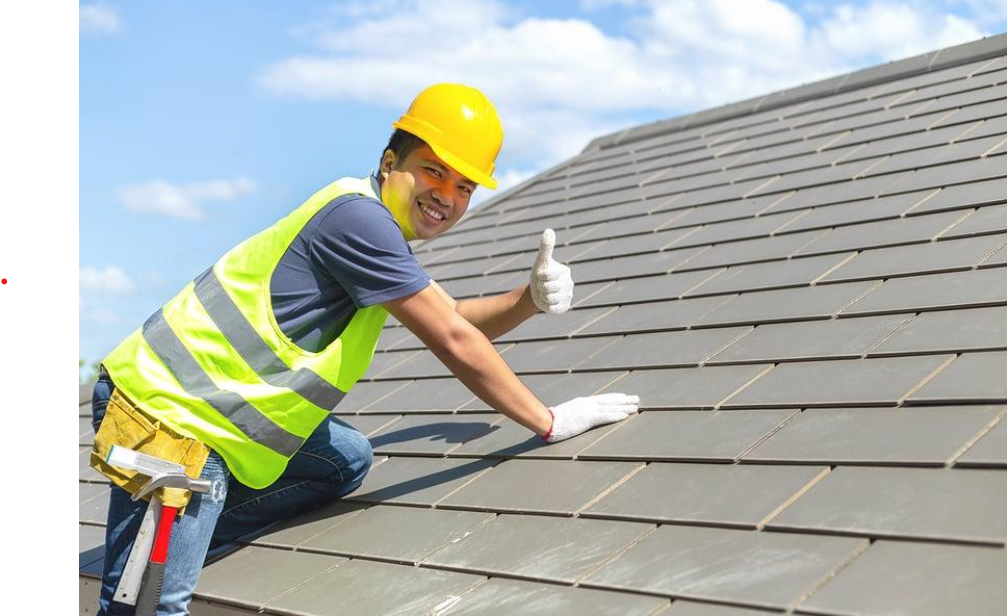
The roof of a house is an essential component that serves multiple purposes. It provides protection from the elements, enhances the structural integrity of the building, and contributes to the overall aesthetic appeal. A proper house roof is crucial for ensuring the safety, functionality, and visual harmony of a home.
By understanding the key elements that make up a well-designed roof, homeowners can make informed decisions and create a roof that meets their specific needs. In this discussion, we will explore the various factors that contribute to a proper house roof, including structural integrity, pitch and slope, material selection, drainage, ventilation, and aesthetics. By considering these aspects, homeowners can create a roof that not only performs its fundamental functions but also adds beauty and value to their homes.
1. Structural Integrity
The structural integrity of a house roof is of utmost importance. A proper roof should be constructed in compliance with local building codes and standards to ensure safety and durability. This involves using appropriate materials, following proper installation techniques, and considering the weight-bearing capacity of the roof structure. By adhering to these guidelines, the roof can withstand the forces of nature, such as wind, rain, and snow loads, without compromising the integrity of the overall structure.
It is crucial to engage the services of qualified professionals, such as architects or contractors, who have the expertise to design and construct a structurally sound roof that meets all requirements. For example, for qualified professionals to check more information here, taking these precautions ensures that the roof will provide long-lasting protection for the house and its occupants. Good luck!
2. Pitch and Slope
The pitch and slope of a house roof play a significant role in its functionality and aesthetic appeal. The pitch refers to the steepness of the roof, while the slope refers to the ratio of its vertical rise to its horizontal span. The ideal pitch and slope of a roof depend on various factors, including the climate, local building codes, and architectural style. In areas with heavy snowfall, a steeper roof pitch is often recommended to allow snow to slide off easily, preventing excessive weight accumulation and potential structural damage. On the other hand, regions with milder climates may have roofs with shallower slopes.
The pitch and slope also contribute to the overall architectural style of the house. Different architectural styles may call for specific roof pitches to achieve a desired aesthetic. For example, steeply pitched roofs are often associated with Gothic or Victorian architectural styles, while low-pitched roofs are more common in modern or contemporary designs
3. Material Selection
The selection of roofing materials is a crucial aspect of creating a proper house roof. Various factors should be considered when choosing the appropriate materials, including durability, weather resistance, cost, and aesthetic appeal. Durability is a key consideration as the roof is exposed to the elements throughout its lifespan. Materials such as asphalt shingles, metal, clay tiles, or slate are known for their durability and long-lasting performance.
Assessing the expected lifespan and maintenance requirements of different roofing materials can help homeowners make an informed decision. Weather resistance is another important factor. Depending on the climate and weather conditions in the region, certain materials may be more suitable than others. For example, metal roofs are highly resistant to high winds and fire, while clay tiles or slate can withstand extreme temperatures and heavy rain.
4. Drainage
Proper drainage is a crucial aspect of a well-designed house roof. It involves the installation of an effective system to channel water away from the roof’s surface and prevent water from pooling or causing damage to the structure of the house. The primary component of a drainage system is gutters, which are typically installed along the eaves of the roof. Gutters collect rainwater as it flows down the roof and direct it towards downspouts, which then carry the water away from the foundation of the house.
It is essential to ensure that the gutters are properly sized and positioned to handle the expected volume of water. Improperly sized gutters or inadequate downspouts can lead to overflow, causing water to cascade down the walls or accumulate around the foundation, potentially resulting in water damage or foundation issues.
5. Ventilation
Proper ventilation is a critical aspect of a well-designed house roof. It helps maintain a healthy indoor environment, prevents moisture buildup, and prolongs the lifespan of the roof. Ventilation allows for the exchange of air between the inside and outside of the roof space, helping to regulate temperature and moisture levels. It is particularly important in areas such as the attic, where heat can accumulate and moisture can become trapped.
Several types of roof vents can be installed to facilitate ventilation. Ridge vents are installed at the peak of the roof and allow hot air to escape. Soffit vents are placed under the eaves to draw in cooler air from outside. Other types of vents, such as gable vents or turbine vents, can also be used depending on the specific roof design and requirements.
6. Aesthetics
Esthetics play a significant role in the design of a proper house roof. The roof is a highly visible part of a home’s exterior and can greatly impact its overall curb appeal. Choosing roofing materials, colors, and textures that harmonize with architectural style and personal preferences can enhance the visual appeal of the house. Different roofing materials offer distinct aesthetic qualities.
For example, asphalt shingles are available in various colors and styles, allowing homeowners to achieve a traditional or modern look. Metal roofs offer a sleek and contemporary appearance, while clay tiles or slate can add a touch of elegance and sophistication.
Considering the architectural style of the house is crucial when selecting the aesthetic elements of the roof. Whether it’s a classic Victorian, a charming cottage, or a sleek modern design, the roof should complement and enhance the overall architectural character.

In conclusion, a proper house roof is a crucial element of a well-designed and functional home. It should possess structural integrity, ensuring compliance with building codes and standards, as well as the ability to withstand the elements.
The pitch and slope of the roof should be carefully considered, taking into account climate, local regulations, and architectural style. The selection of roofing materials should prioritize durability, weather resistance, cost-effectiveness, and aesthetic appeal.
Adequate drainage systems, including gutters and downspouts, should be in place to prevent water damage.
Proper ventilation is essential to maintain a healthy indoor environment and prevent moisture buildup. Lastly, aesthetics should be considered, selecting roofing materials, colors, and textures that enhance the overall visual appeal and complement the architectural style of the house.











